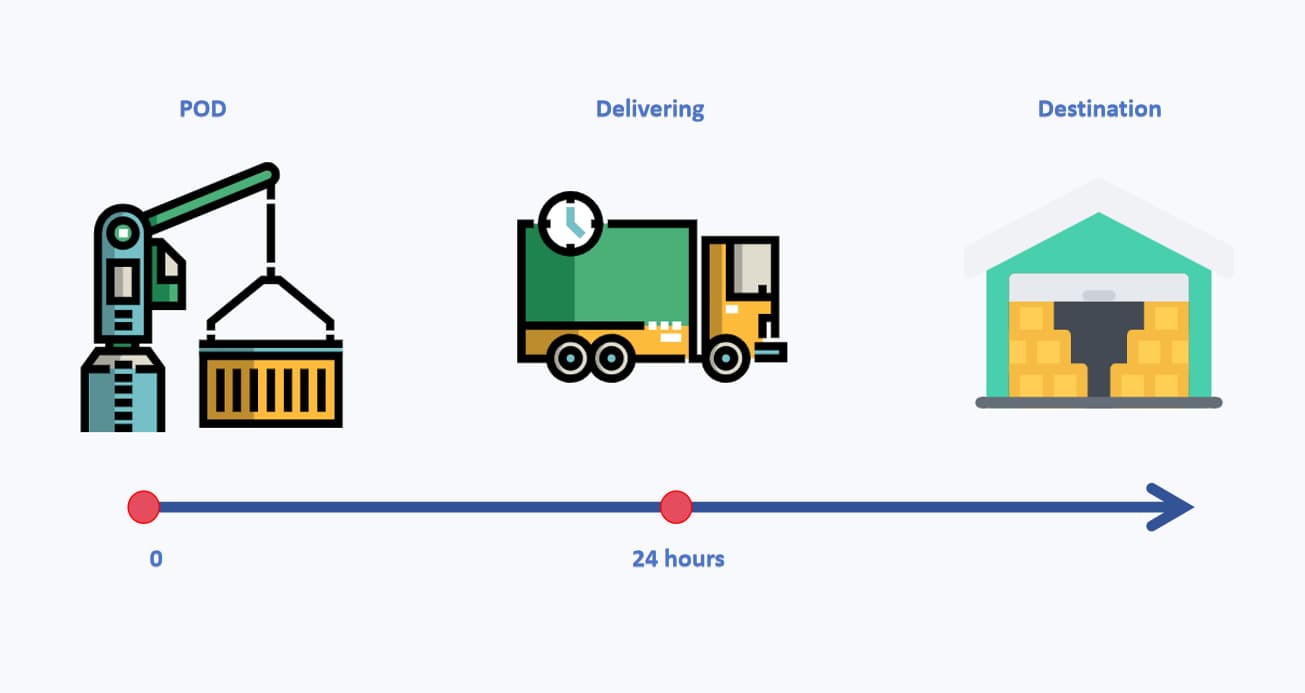Understanding and Avoiding Pre-Pull Charges

What is a Pre-Pull Charge?
A pre-pull charge occurs when a container is picked up from a port or terminal and temporarily stored at a trucker's yard before being delivered to its final destination. This fee often arises during international door-to-door shipping, especially when delivery delays occur due to the unavailability of the consignee, restricted receiving hours, or customs clearance issues.
Causes of Pre-Pull Charges
- Consignee Unpreparedness: The consignee is not ready to receive the shipment on time.
- Restricted Delivery Times: Some facilities have strict receiving hours.
- Customs Delays: Delays in customs clearance can cause delivery setbacks.
- Congestion at Delivery Points: Limited availability at warehouses or storage facilities.
How to Avoid Pre-Pull Charges
- Coordinate Delivery Schedules: Ensure the consignee is ready to receive the cargo at the agreed time.
- Pre-Arrange Customs Clearance: Handle customs documentation and clearance in advance.
- Choose Flexible Facilities: Work with facilities that have extended receiving hours.
- Monitor and Communicate: Use tracking systems to anticipate delays and adjust schedules accordingly.
- Negotiate Agreements: Discuss delivery terms with all parties, including your freight forwarder to prevent miscommunication.
Pre-pull is an extra incurred when the container cannot be picked up and delivered on the same day. It's considered one of the common destination charges in shipping, and being proactive about planning can significantly reduce costs and improve overall logistics efficiency.
When Is Pre-Pull Necessary?
How Much Do Pre-Pull Charges Typically Cost?
Pre-Pull vs. Demurrage: What’s the Difference?
Checklist: Avoiding Pre-Pull Charges
- Confirm consignee availability in advance
- Book delivery appointments ahead of arrival
- Clear customs documentation before pickup
- Verify facility receiving hours
- Monitor shipment status regularly
- Work with experienced logistics providers
FAQs
-
Is pre-pull mandatory?
No. It's optional but often necessary to avoid port-related penalties or delivery delays.
-
Can I avoid pre-pull in LCL shipments?
Yes, pre-pull is for FCL shipment only.
-
Is pre-pull available for air freight?
Not typically. It's a strategy used in sea freight, especially with containerized cargo.

